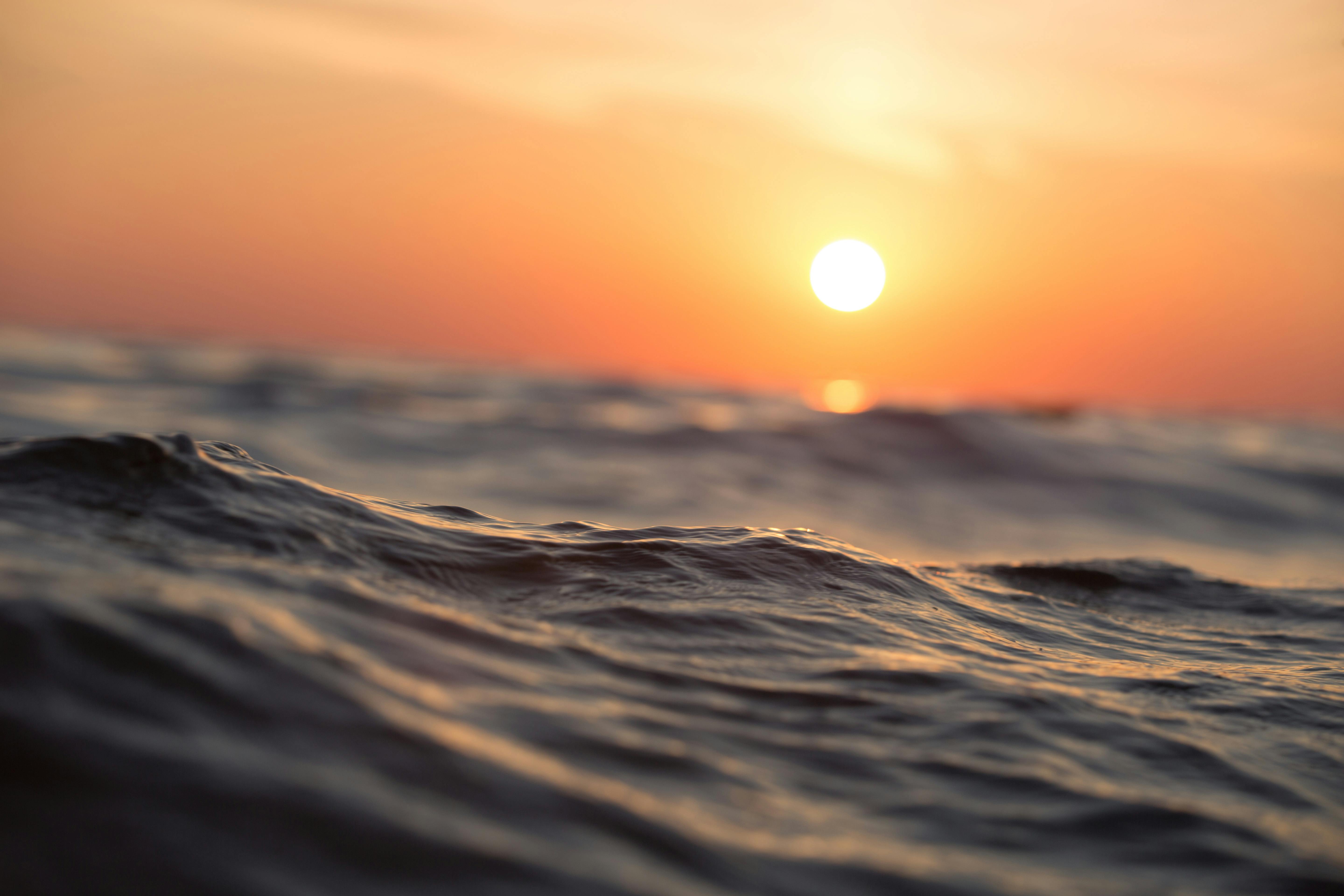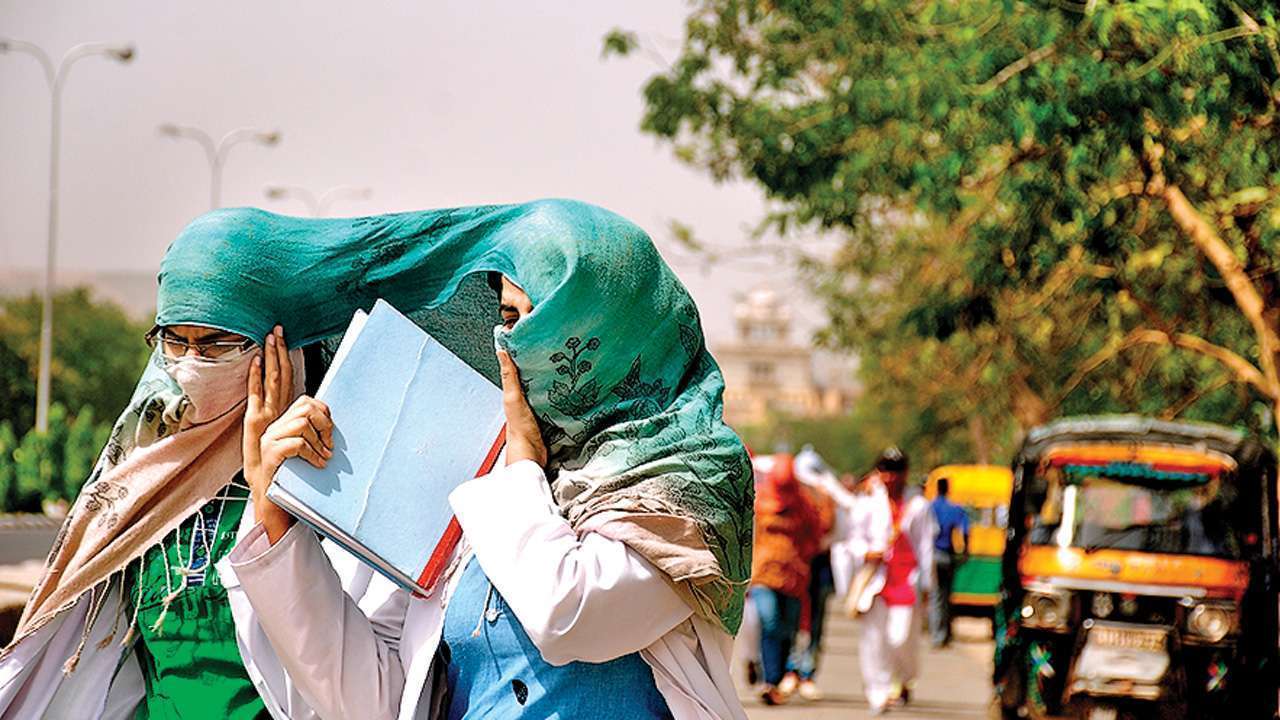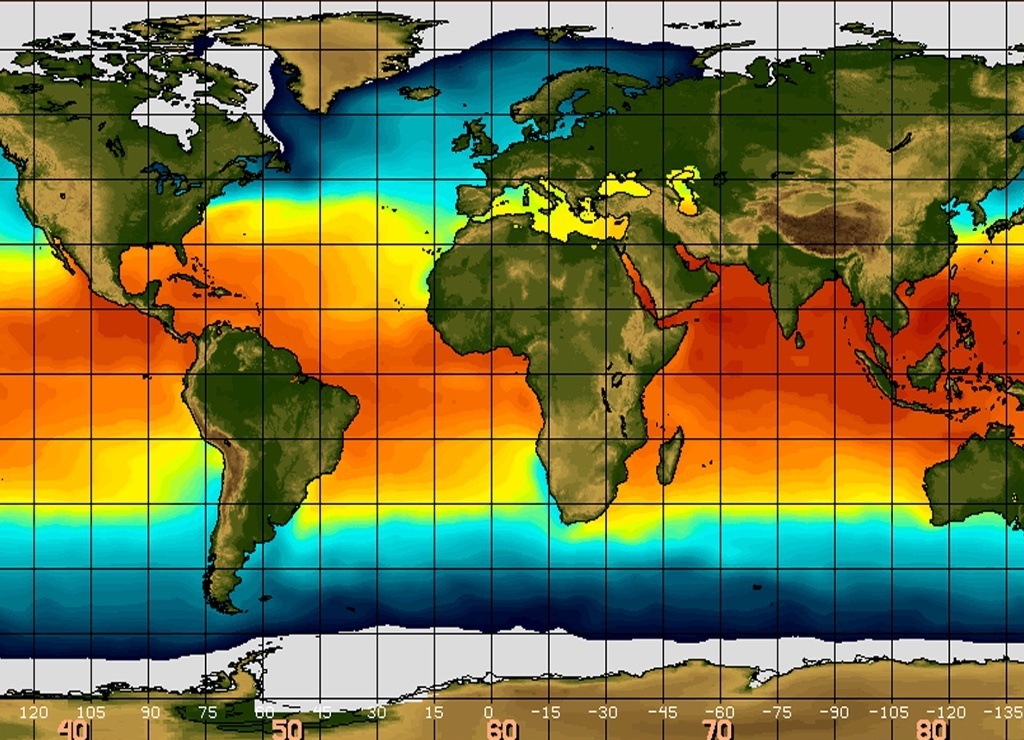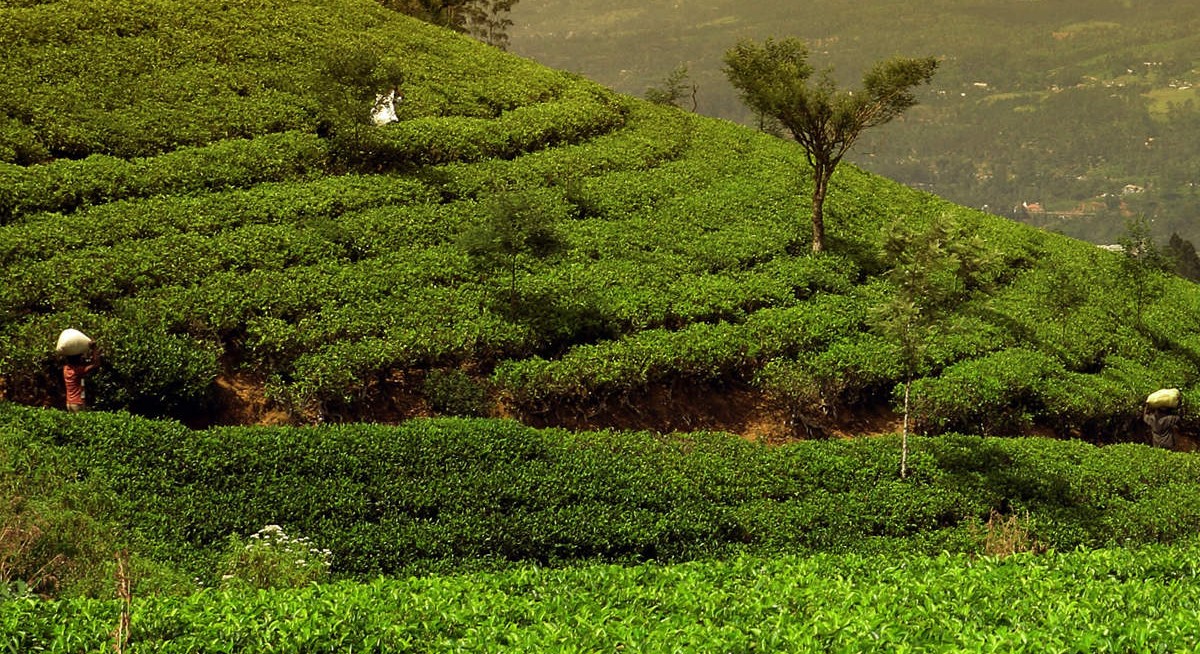Brought to a Boil: The Climate Crisis of the Indian Ocean
The Indian Ocean is heating up rapidly due to climate change. This has extreme consequences for marine ecosystems, coastal communities, and more. Surrounded by 40 nations and encompassing a third of the world's population, the Indian Ocean region plays a crucial role in global climate dynamics.
By Ojas Khurana / May 17, 2024

Source: Pexels
Ever heard of the boiling frog? A chilling myth used to illustrate how creatures (including humans) tend to ignore slowly worsening dangers until it's too late. It describes a frog failing to perceive the danger of slowly heated water as it boils to death, unlike the frog thrown in boiled water that jumps right out. A poignant metaphor for the often-unnoticed but profound changes occurring beneath the surface of the Indian Ocean, where not just surface temperatures, but the entire water column up to 2000 meters is experiencing rapid warming.
Currently, the heat content of the Indian Ocean is increasing by about 4.5 zetta-joules per decade. This rate is expected to accelerate, reaching between 16–22 zetta-joules per decade in the future. Roxy Mathew Koll of the Indian Institute of Tropical Meteorology (IITM), Pune, delves into the evolving climate of the Indian Ocean and its future projections, and highlights the severity of this issue, stating, “The future increase in heat content is comparable to adding the energy equivalent of one Hiroshima atomic bomb detonation every second, all day, every day, for a decade.”
Just like the proverbial frog, the creeping but extreme heating of the Indian Ocean might suggest we're nearing a critical boiling point.
The rapid transformations of the Indian Ocean
For many years, the world's oceans have acted as Earth's lifeline against climate change, absorbing about a quarter of human-produced carbon dioxide and approximately 90% of the excess heat. However, recent signs suggest that this vital buffer is under strain. Over the past year, alarming signs have emerged, particularly in the ocean's surface temperatures.
Surrounded by 40 nations and encompassing a third of the world's population, the Indian Ocean region plays a crucial role in global climate dynamics. Its climate shifts have profound societal and economic consequences. This area is now recognized worldwide as having the highest risk for natural disasters, leaving its coastal communities particularly susceptible to severe weather and climate-related events.
The Indian Ocean is undergoing rapid transformations. Here are the key changes you need to know:
I. Rapid Warming
The Indian Ocean has been getting warmer and is expected to heat up even faster in the coming years. From 1950 to 2020, the ocean's temperature rose by about 1.2°C per century. Scientists predict it could warm by 1.7°C to 3.8°C per century from 2020 to 2100. While the whole ocean is heating up, the northwestern part, including the Arabian Sea, is experiencing the most intense warming. In contrast, the areas off the coasts of Sumatra and Java in the southeast are warming less dramatically.
As the ocean heats up, several changes occur: Marine species may migrate to cooler waters, coral reefs can suffer from bleaching, and the frequency of extreme weather events like cyclones could increase. Warmer water expands, and melting ice from glaciers and ice sheets adds volume to the ocean, both of which contribute to rising sea levels. This can lead to coastal erosion, increased flooding, and impacts on coastal communities. In the context of the Indian Ocean, as the Arabian Sea region is experiencing the most intense heating, the coral reefs in the Lakshadweep Sea have undergone severe bleaching due to prolonged marine heat waves since October 2023. As per research at the CMFRI coral bleaching threatens Lakshwadeep’s diverse marine ecosystems.
II. Near-permanent marine heatwave
Periods of extremely high ocean temperatures can last for days to months and can devastate marine environments. Currently, these heat waves occur about 20 days a year, but they could rise to 220-250 days annually. This means the tropical Indian Ocean could almost always be experiencing a heatwave. Marine heatwaves becoming more frequent and intense is behind coral bleaching, loss of kelp forests, and disrupted fisheries.
Species that are sensitive to temperature changes may migrate to cooler waters, altering marine biodiversity. This can affect fishing industries and the communities that rely on them for food and economic activities.
Additionally, thermal expansion of water contributes to more than half of the sea level rise in the Indian Ocean. These conditions can also cause cyclones to strengthen very quickly, potentially escalating from mild storms to severe cyclones in just a few hours.
III. Dipole & Disruption of Seasons
A phenomenon that can explain the swings in water temperature in the Indian Ocean, is the Indian Ocean Dipole (IOD). This phenomenon influences the monsoon rains and how cyclones form in the region. By the end of the 21st century, extreme swings, where one side is much hotter than the other, are expected to happen 66% more often. On the other hand, the milder, more moderate swings are likely to decrease by 52%. The pattern of ocean surface temperatures is expected to change significantly, which could lead to more extreme weather in the Indo-Pacific region. Previously, from 1980 to 2020, the highest average temperatures in the Indian Ocean stayed below 28°C throughout the year. However, by the end of the 21st century, under a scenario of high emissions, even the lowest temperatures will exceed 28°C year-round, reaching between 28.5°C and 30.7°C. Temperatures above 28°C can trigger more intense storms and heavy rainfall. Since the 1950s, there has already been an increase in severe cyclones and heavy rainfall events, and these are expected to become even more frequent as the ocean continues to warm.
IV. Ocean Acidification
By the end of this century, it's predicted that the ocean's pH will drop from above 8.1 to below 7.7. To understand how significant this change is, consider this: a tiny 0.1 drop in the pH level of human blood can cause severe health issues, even organ failure. Similarly, even a small change in ocean acidity can be harmful to marine life, especially for corals and shellfish that need more stable conditions to build their shells and survive. This shift could have huge impacts on marine ecosystems and the animals that live in them.
V. Ocean’s Declining Productivity
The Indian Ocean's ability to support life is decreasing. Specifically, the amount of chlorophyll and net primary productivity (the rate at which plants and algae produce organic compounds from carbon dioxide) are both expected to decline. This reduction is particularly significant in the western Arabian Sea, where the decrease could be about 8–10%. This decline in marine productivity affects the entire food chain, from the smallest plankton to the largest whales, and can have widespread impacts on marine ecosystems and the fishing industry that relies on them.
A climate change hotspot
These are significant alterations and when such transformations occur slowly over time, they can become normalized to the point where urgent issues are overlooked until they become severe and irreversible. This is particularly relevant as we consider the rapid transformations underway in the Indian Ocean—a region now recognized as a critical climate change hotspot. Researcher Thomas Frölicher emphasizes that "The Indian Ocean, a climate change hotspot, faces rapid and strong increases in marine heatwave frequency and intensity unless global CO2 emissions are substantially cut."
To turn the tide against climate change in the Indian Ocean and confront these challenges, a comprehensive approach is essential. Reducing global carbon emissions, developing resilient infrastructure, sustainable practices to conserve marine ecosystems, and strengthening forecast systems, are some of the critical steps towards mitigating the impacts of climate change on coastal communities. The uncertain future of the Indian Ocean's vital ecosystems and the livelihoods of millions of people who depend on them in the face of escalating climate change is not a distant problem for future generations but an immediate crisis affecting us now.
This article is based on the recent study titled Future Projections for the Tropical Indian Ocean. The study was authored by Roxy Mathew Koll, Saranya J. S., Aditi Modi, Anusree Ashok from the Indian Institute of Tropical Meteorology, Pune; Wenju Cai from CSIRO, Australia; Laure Resplandy from Princeton University, USA; Jerome Vialard from Sorbonne Universités, France; and Thomas Frölicher from University of Bern, Switzerland.
Indian Ocean Climate Change Heatwave Global Warming

